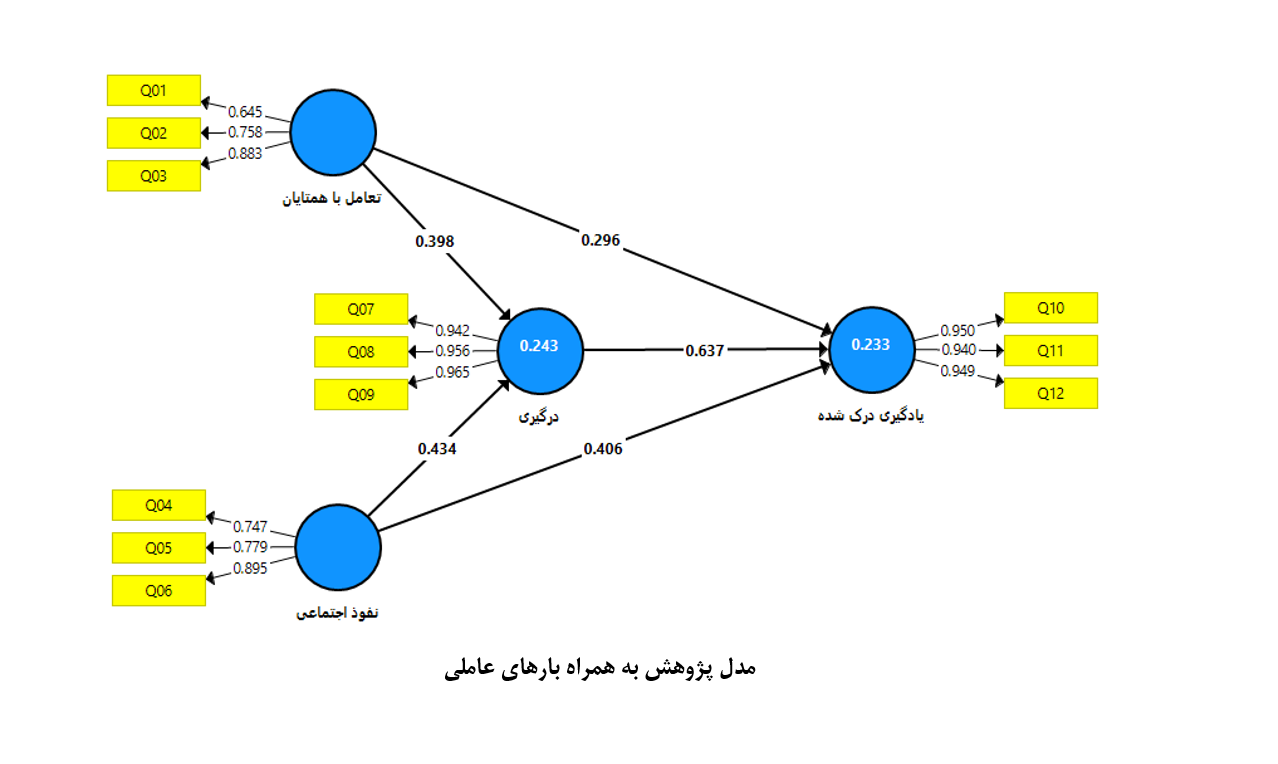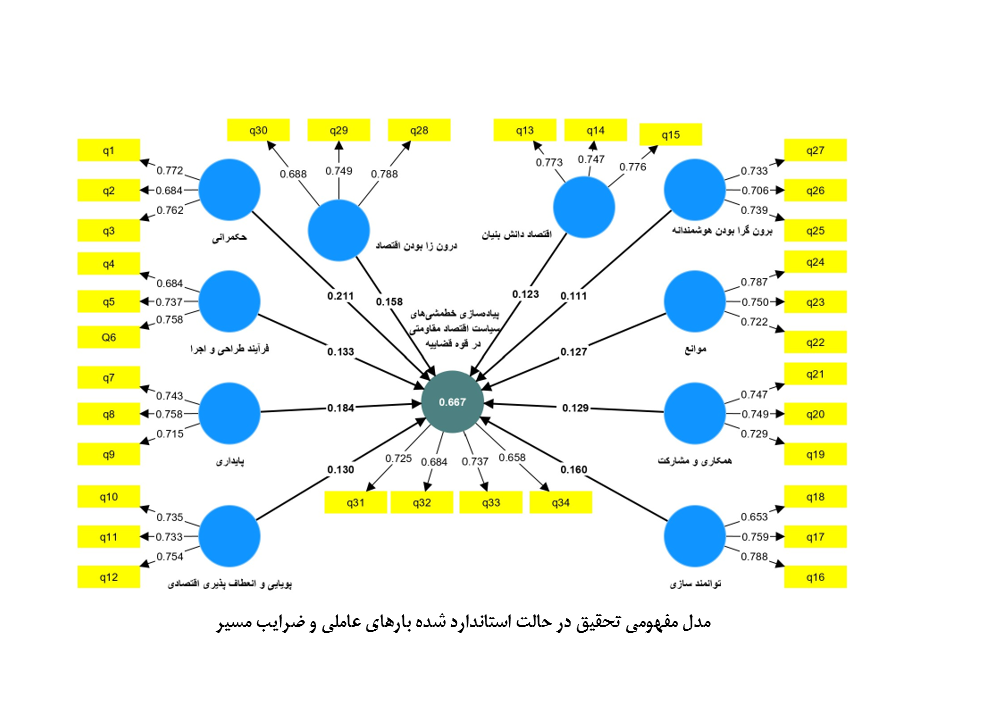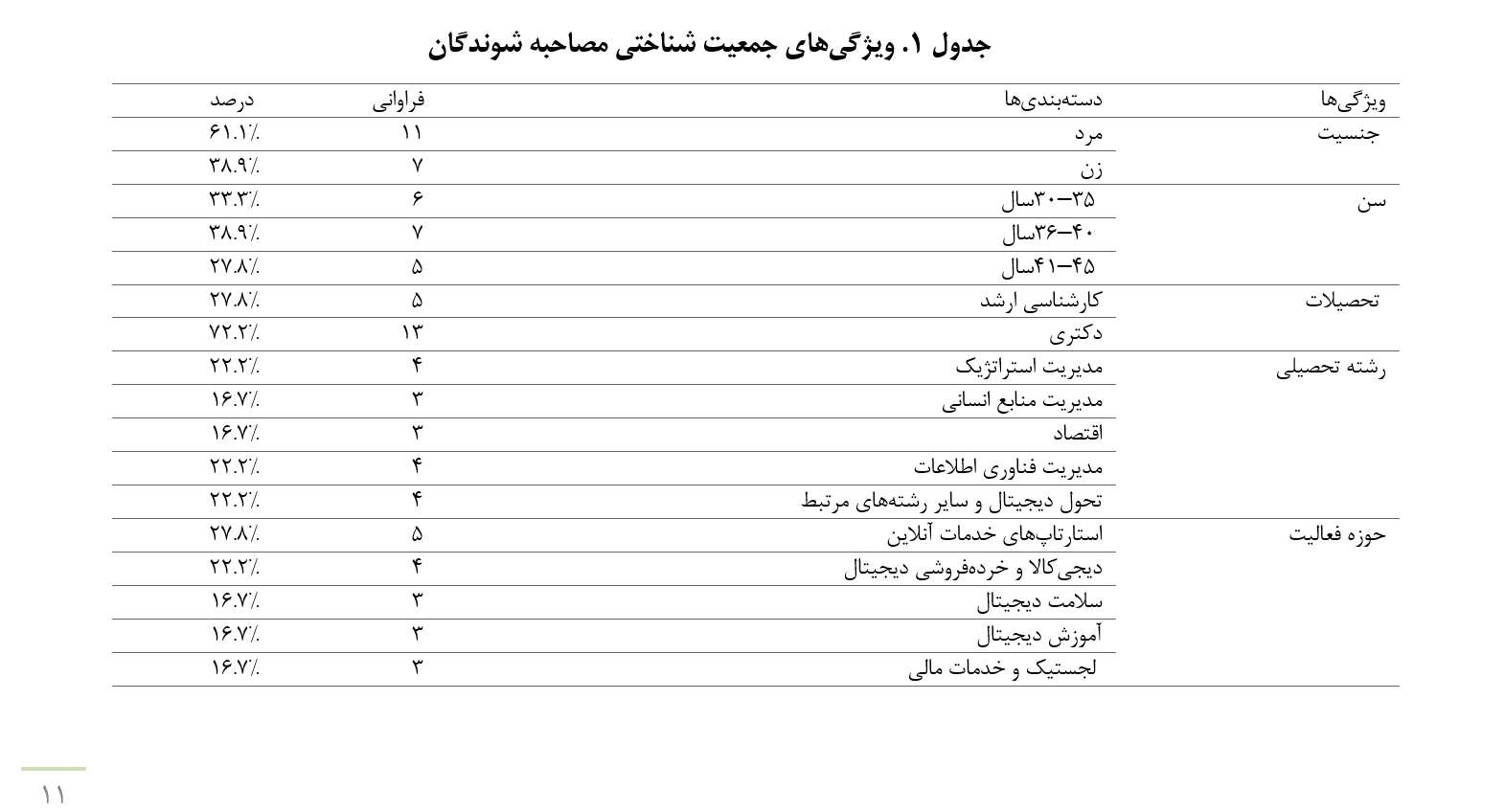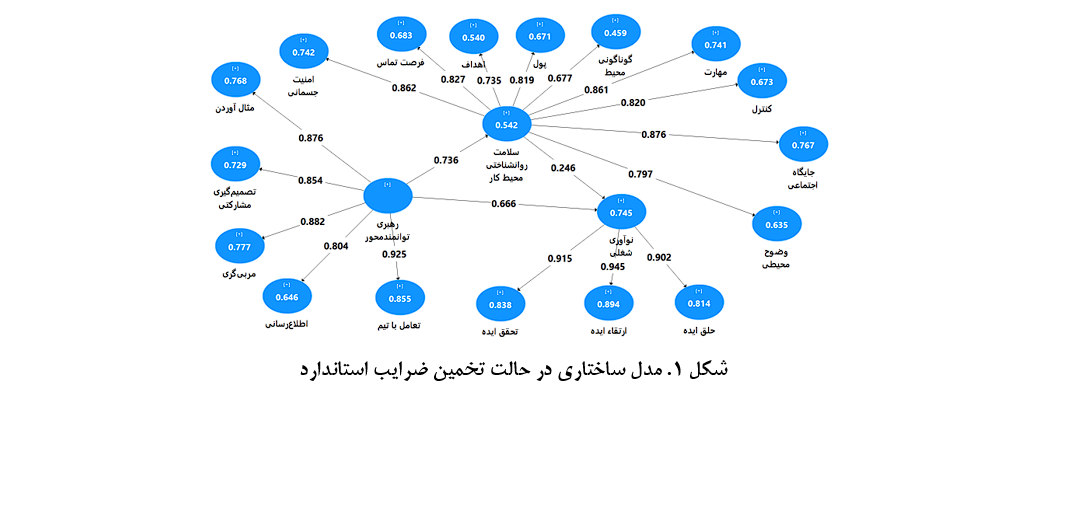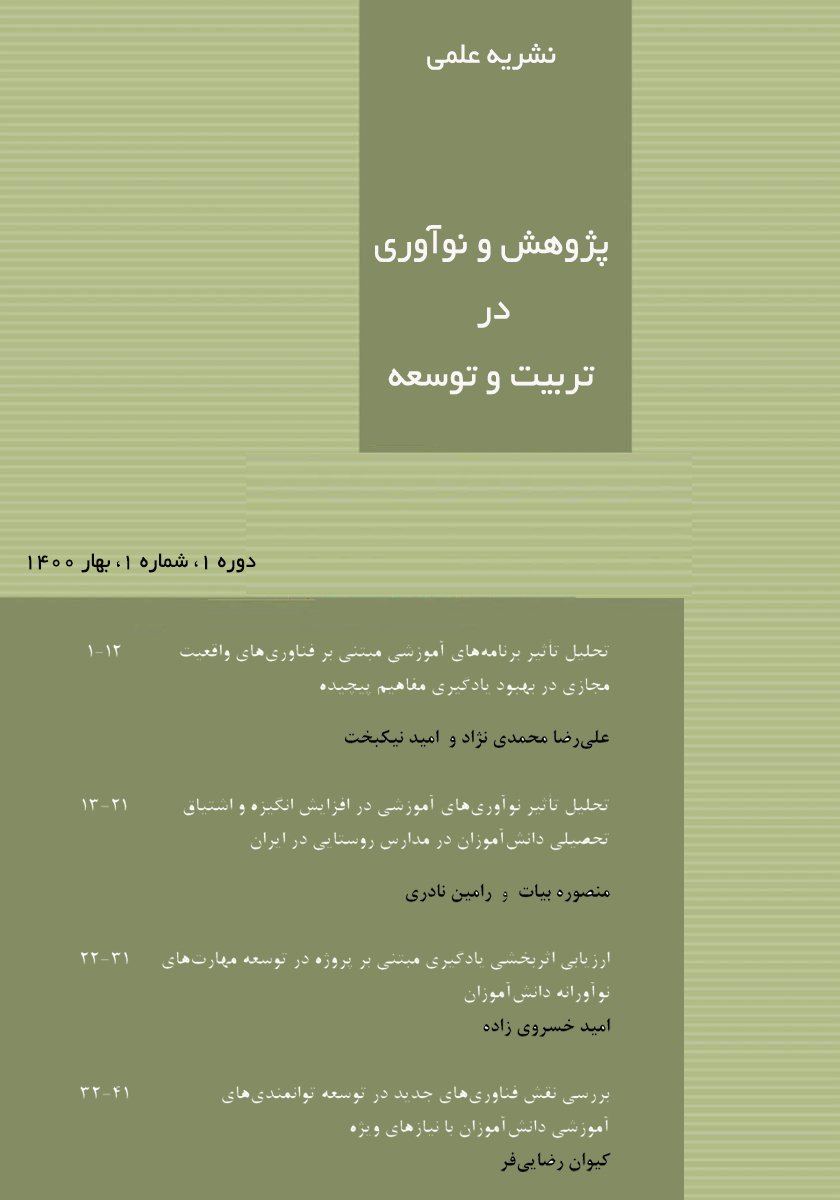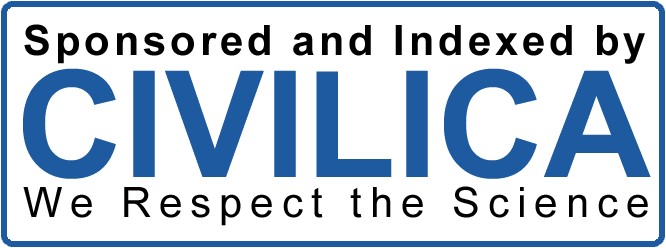دربارهی مجله
نشریه پژوهش و نوآوری در تربیت و توسعه (JSIED) یک نشریه بینالمللی پیشرو و دسترسی آزاد است که به عنوان یک بستر حیاتی برای انتشار پژوهشها و پیشرفتها در زمینههای تربیت و توسعه خدمت میکند. نشریه ما متعهد به ترویج برتری علمی از طریق انتشار مقالات پژوهشی با کیفیت بالا، بررسیهای جامع، مطالعات موردی و مقالات نظری است که به درک و بهبود شیوههای آموزشی و نظریههای توسعهای در سطح جهانی کمک میکند.
JSIED در تقاطع نوآوری، تربیت و توسعه قرار دارد و هدف آن پر کردن شکاف بین پژوهش نظری و کاربردهای عملی است. ما از ارائه مقالات از طیف وسیعی از رشتهها، از جمله اما نه محدود به، پداگوژی، روانشناسی تربیتی، طراحی آموزشی، توسعه برنامه درسی، فناوری آموزشی و توسعه بینالمللی استقبال میکنیم. نشریه ما به گونهای طراحی شده است که به عنوان یک منبع حیاتی برای معلمان، پژوهشگران، سیاستگذاران و کارورزان که به دنبال پیشبرد دانش و تقویت نوآوری در تربیت و توسعه هستند، خدمت کند.
فصلنامه علمی پژوهشی "پژوهش و نوآوری در تربیت و توسعه" از کمیسیون ارزیابی نشریات وزارت علوم، تحقیقات و فناوری در سال 1403موفق به کسب رتبه علمی الف شده است.
درباره فصلنامه علمی پژوهش و نوآوری در تربیت و توسعه
- وضعیت چاپ: چاپی و الکترونیکی
- دوره چاپ: فصلنامه
- زبان مجله: فارسی همراه با خلاصه مبسوط انگلیسی
- حوزه تخصصی: پداگوژی، روانشناسی تربیتی، طراحی آموزشی، توسعه برنامه درسی، فناوری آموزشی و توسعه بینالمللی
- هزینه انتشار مقالات (داوری، طراحی و چاپ): بر اساس ابلاغیه کمیسیون نشریات وزارت عتف (دانلود)
- نوع مجله: علمی پژوهشی
- رتبه ارزیابی وزارت علوم، تحقیقات و فناوری در سال 1403: رتبه الف
- دسترسی به مقالات: رایگان
- نمایه شده: دواج، آی اس سی، مگیران، نورمگز، سیویلیکا
- نوع داوری: دو سوناشناس (حداقل دو داور)
- مدت زمان بررسی اولیه: 10روز
- زمان داوری: حداقل 6تا 12هفته
- هزینه داوری: 400 هزار تومان
- ایمیل مجله: siedjournal@gmail.com
به اطلاع کلیه نویسندگان محترم میرساند با توجه به الزامی شدن انتشار کد (ORCID) برای نشریات از طرف وزارتخانه خواهشمند است در قسمت ارسال مقاله، فیلد کد (ORCID) را برای تمام نویسندگان تکمیل و سپس مقاله خود را ارسال نمایید. جهت دریافت فایل راهنمایی دریافت کد (ORCID) اینجا کلیک نمایید.

